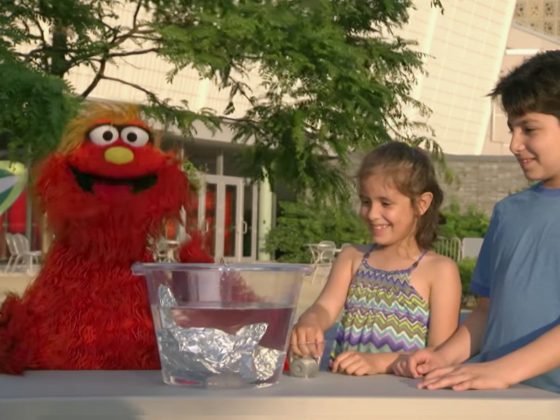
Experimenting With Boats
Talk about scientific experiments and their steps.
Together, watch Murray and his friends create bridges that can hold weight. They each design, discovering that some shapes make stronger bridges. Ask:
- “How did Murray and his friends use materials to build a bridge?”
- “Why is it important for a bridge to carry, or hold, a lot of weight?”
- “Which bridge design held the most weight?”
Help children talk about experiments, explaining that an experiment is a test that is set up the same way each time, with just one thing changing. In an experiment, we try out different ideas in order to answer a question. An experiment has different steps:
- An experiment usually begins by observing something interesting, asking a question about it, and making a hypothesis (a thoughtful guess or explanation to answer the question).
- Then we do an experiment and notice what happens.
- Next comes recording (writing down) and analyzing (thinking about) the findings. (This means observing closely. Encourage children to say “I notice…” and “I wonder…” about what they see around them and collect information by drawing or writing down what they see.) Recording and analyzing results let people to look at information and decide what it may mean.
- After reviewing results, it’s time to make a conclusion based on the evidence (what we observe). Counting and comparing will help children analyze the results of the experiment.
- Last, we report the findings. The results can help us make decisions, like how to build boats.
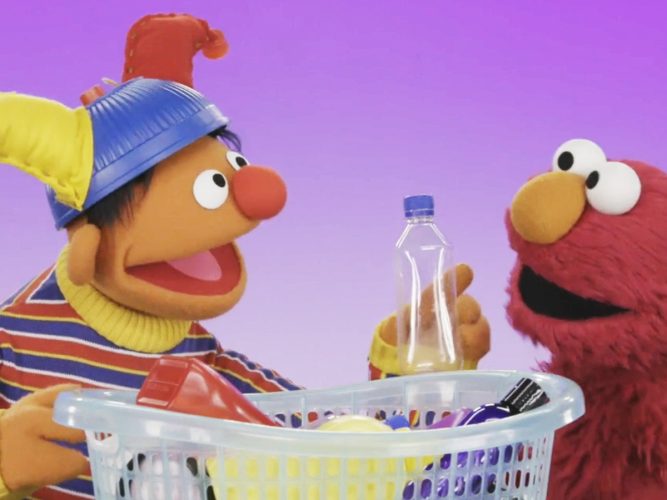
Reuse!
Ernie shows Elmo ways to turn a used water bottle into art.
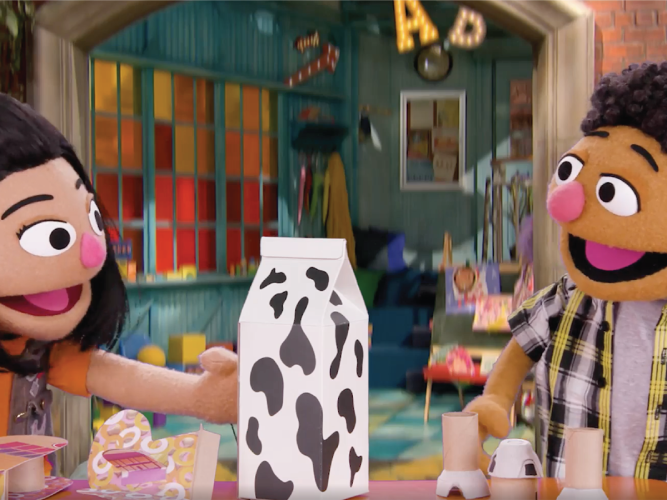
Ji-Young and Tamir Build a Robo-plane
A video about teamwork and sharing.
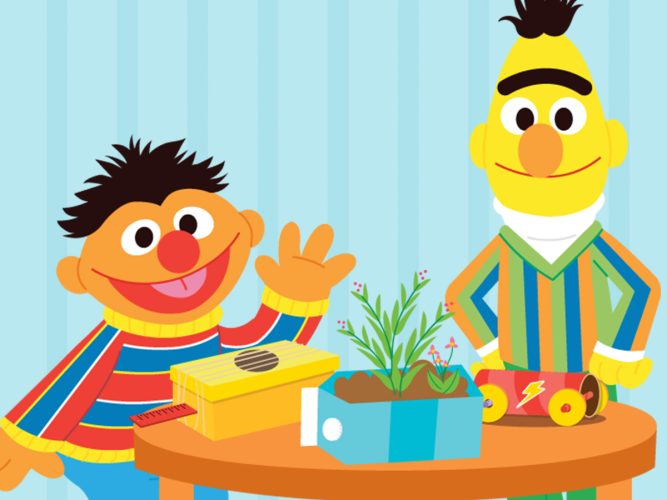
Bert & Ernie Reuse & Reinvent!
An interactive game about upcycling.
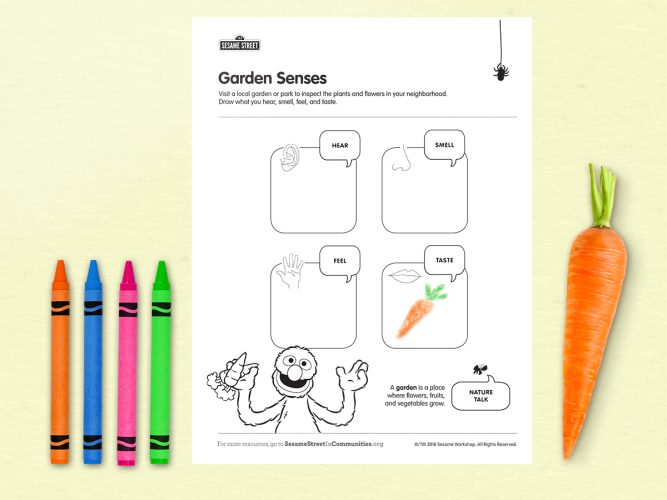
Garden Senses
Screen-time can help families learn and connect, and taking screen-time breaks can, too.
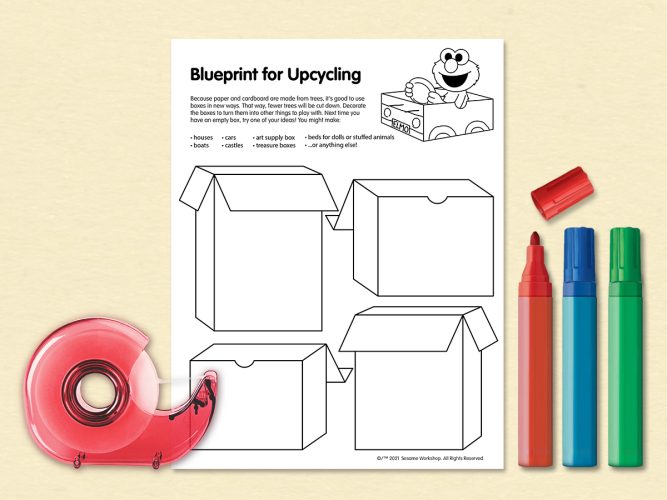
Blueprint for Upcycling
An activity page about upcycling.
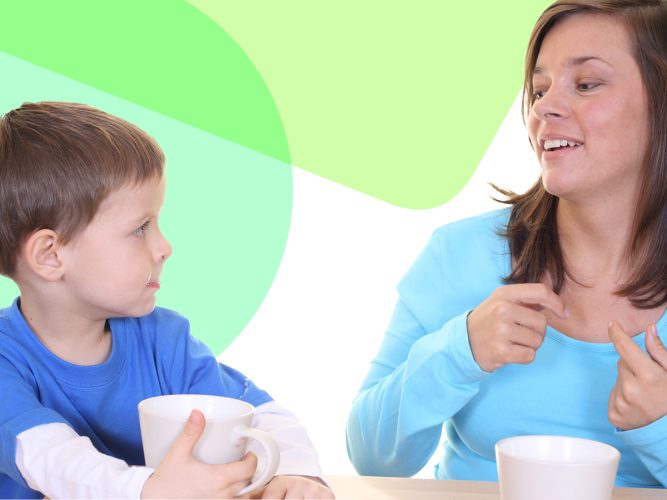
Questions, Questions!
An article about using children’s questions as a springboard into playful learning.
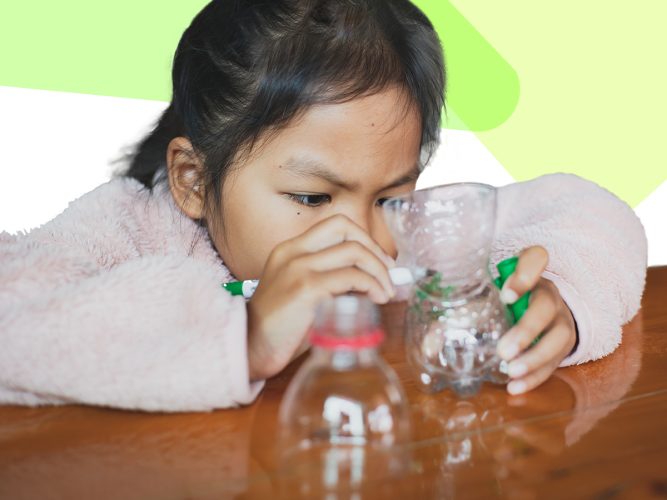
Upcycling Crafts
An article about upcycling projects.
